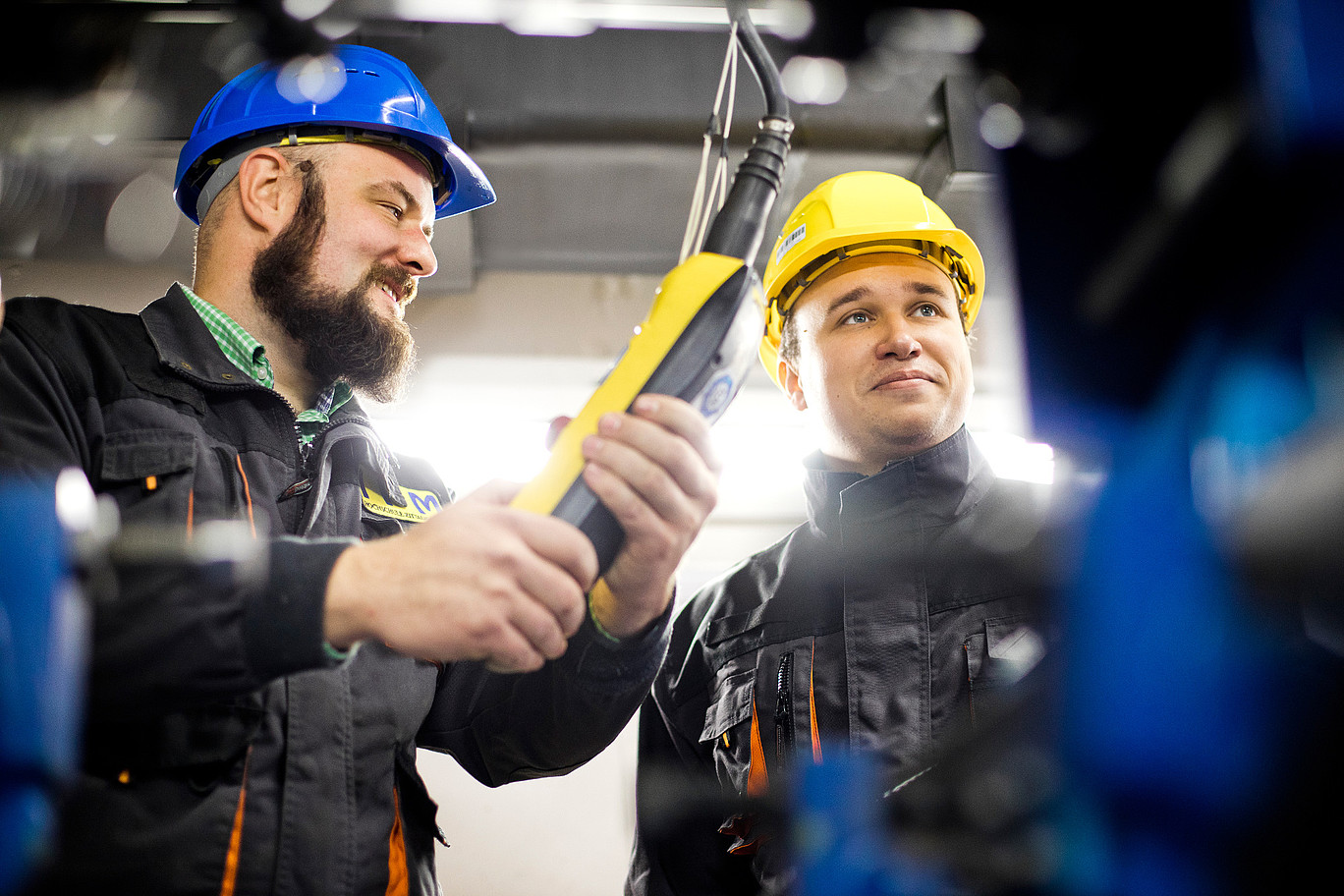
The Department of Mechatronic Systems at the IPM is involved in the design, layout/optimization and project planning of mechatronic components within the framework of projects financed by third-party funds. For this, modern methods and tools for modeling and simulation, rapid-control-prototyping and HIL are deployed. For data acquisition and processing commercially available as well as custom-designed sensors, measuring methods and software tools based on modern algorithms (Fuzzy, Neural Networks) are used for monitoring, state diagnosis and technical diagnosis or for control engineering tasks. Camera systems with image processing software complement the equipment. For processing of big amounts of data networking is inevitable (grid computing), powerful algorithms structure and reduce that flood of data. Increasingly open-source hard- and software is used in form of embedded systems for this. The experience in these areas is the basis for the successful processing of the requirements to be considered in the projects and the tasks to be mastered.
Current projects address among others the increase of energy efficiency of turbo machines through usage of novel high-temperature magnet bearings, or plant identification using image-based systems and data acquisition.